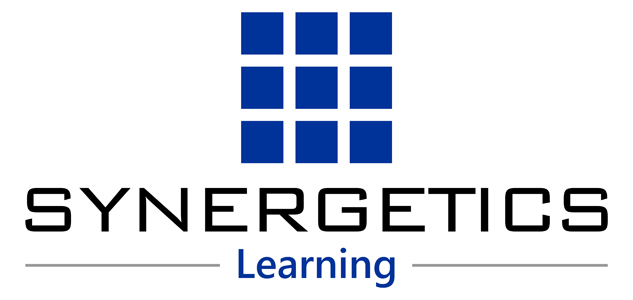LOS ANGELES – Porting an on-premise application to the cloud is not as easy as flipping a switch, according to Microsoft’s Bob Muglia. But the company will work with developers to help them adopt successful cloud development patterns.
SD Times sat down with Muglia, vice president of Microsoft’s Server and Tools Business unit, and Ray Ozzie, Microsoft’s chief software architect, at the Microsoft Professional Developers Conference. Topics ranged from how Microsoft can make cloud application development easier, to how it will leverage the cloud for development and testing in Visual Studio, and whether Silverlight was part of the open Web.
When asked how Microsoft would help its customers understand how to comply with regulations and data privacy laws that could prohibit moving data to the cloud, Ozzie emphasized that Microsoft has experience working in different countries throughout the world, and that it could parley those experiences to guide its customers.
Microsoft had to modify Windows Messenger features in different countries at the behest of regulators, but it still managed to ship its software, Muglia added.
Additionally, Microsoft has data centers located throughout the world to give customers that are located in countries with restrictive regulations the ability to use Windows Azure within their borders, Muglia said.
Ozzie said that he expected that laws will become less restrictive over time, because governments themselves have an interest in using cloud computing. Encryption is a model of how laws were adapted to changing technology, he added. “It’s as if they don’t know that encryption exists,” he quipped.
When asked about how Azure fits into development and testing, Muglia confirmed that Microsoft intends to integrate Azure into Visual Studio for provisioning test environments.
Microsoft will provide preconfigured virtual machines for Windows and; more customization (such as changing system configurations) will be added over time, he said.
That integration could represent another click up in level of “coopetition” with Hewlett-Packard, said Forrester principal analyst Jeffrey Hammond.
Lastly, Muglia and Ozzie were insistent that Silverlight was part of the open Web. They pointed to Mono Moonlight as an example of that, and they noted that Microsoft has licensed associated intellectual property, including Windows Media codecs, to open-source developers.
Mono project lead Miguel de Icaza said that he wanted Microsoft to go a step further by contributing technology to ECMA International. Muglia responded by saying that Microsoft was trying to balance standards with its ability to rapidly innovate the Silverlight platform.
Ozzie also gave a nuanced explanation about how Silverlight is meant to help developers leverage existing application and tool investments on the Web, and it was complementary to (and not meant to suppress) HTML 5. The draft specification of HTML 5 includes a framework for building Web applications.
In a follow-up conversation regarding the cloud, Jamin Spitzer, director of platform strategy for Microsoft, said that “Developers need to have a realistic sense of what changes and what stays the same by moving to an instance-based IaaS cloud.” Microsoft announced an IaaS (Infrastructure-as-a-Service) offering for Azure at PDC.
The “true promise” of cloud computing is fully realized through transforming applications for the cloud, he added, saying that developers needed to identify the core set of functional capabilities required for specific application scenarios, and then choose the right deployment location to best satisfy those capabilities, whether that is on premises or on the computing. Some workloads should stay on premises if moving to the cloud does not justify future cost savings, or if data needs to remain behind the firewall, he admitted.
cloud computing is here. Running applications on machines in an Internet-accessible data center can bring plenty of advantages. Yet wherever they run, applications are built on some kind of platform. For on-premises applications, this platform usually includes an operating system, some way to store data, and perhaps more. Applications running in the cloud need a similar foundation. The goal of Microsoft’s Windows Azure is to provide this. Part of the larger Azure Services Platform, Windows Azure is a platform for running Windows applications and storing data in the cloud.
cloud computing is a style of computing in which dynamically scalable and often virtualized resources are provided as a service over the Internet. To deploy a new solution, most of your time and energy is spent on defining the right infrastructure, hardware and software, to put together to create that solution, cloud computing allows people to share resources to solve new problems. cloud computing users can avoid capital expenditure (CapEx) on hardware, software, and services when they pay a provider only for what they use.
